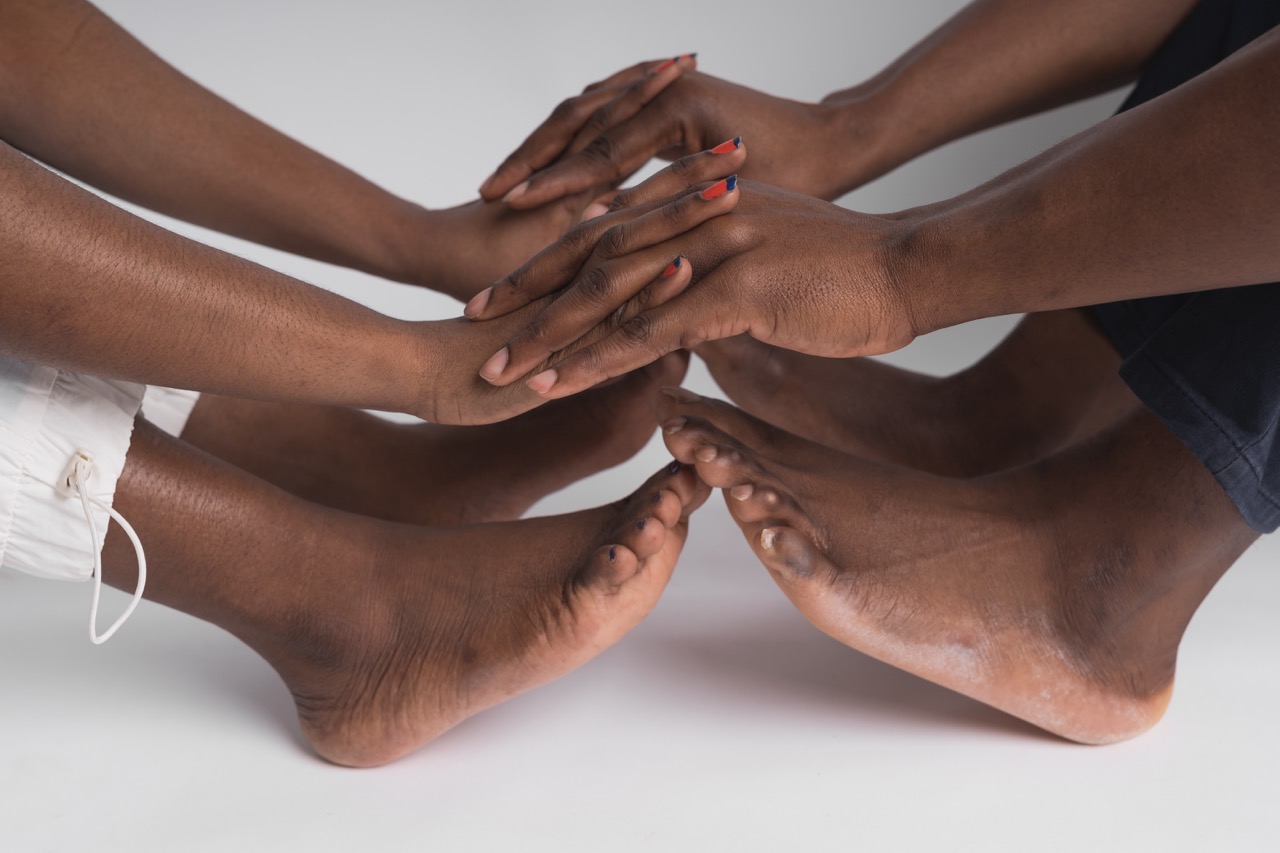The Relationship Between Foot Positioning and Weightlifting Success

In the realm of weightlifting, many factors contribute to a lifter’s success, including technique, strength, and mental focus. However, one critical yet often overlooked aspect is foot positioning. The placement of the feet can significantly influence a lifter’s stability, balance, and overall performance during various lifts. Understanding the relationship between foot positioning and weightlifting success is essential for athletes aiming to optimize their training and achieve their goals.
Understanding Foot Positioning in Weightlifting Techniques
Foot positioning refers to the placement of the feet in relation to the rest of the body during weightlifting exercises. Each lift requires a specific stance to maximize efficiency and minimize injury risk. For example, in the squat, a wider stance may be beneficial for individuals with strong adductor muscles, while a narrower stance might be better for those with longer limbs. Understanding one’s anatomical structure and mobility is essential in determining the most effective foot position for each lift.
Different weightlifting techniques, such as the snatch and clean and jerk, also demand precise foot positioning to facilitate optimal movement patterns. The initial setup of the feet can establish a strong base, allowing lifters to generate the necessary force to lift heavier weights effectively. Furthermore, during dynamic movements, the feet must adapt to shifts in balance and weight distribution, making proficient foot placement vital for success.
Additionally, the orientation of the feet—whether they point straight ahead or are turned slightly outward—can alter a lifter’s hip engagement and subsequent force generation. Athletes must experiment with various foot positions to determine what works best for them, as small adjustments can lead to significant changes in performance outcomes.
The Impact of Foot Placement on Stability and Power
Stability is a cornerstone of effective weightlifting. The feet are the first point of contact with the ground, and their placement directly influences the stability of the entire body during lifts. A solid, stable base provided by appropriate foot positioning allows lifters to maintain balance, especially when handling heavy loads. Engaging the correct muscles through proper foot placement helps distribute weight evenly, reducing the likelihood of injury and enhancing lifting efficiency.
Furthermore, foot placement impacts power generation during lifts. The kinetic chain begins at the feet, and improper positioning can hinder the transfer of force from the ground up through the legs and into the upper body. For example, an athlete who places their feet too close together might struggle to generate the lateral force needed for explosive lifts, while proper positioning can help in effectively transferring energy from the ground into the barbell.
Ultimately, the relationship between foot positioning and power is underscored by the concept of leverage. When the feet are positioned correctly, the lifter can create optimal angles that enhance leverage during the lift, allowing for more effective engagement of muscle groups. The right foot placement not only enhances stability but also contributes to greater lifting power, making it a crucial consideration for serious weightlifters.
Common Foot Positions Used in Various Weightlifting Styles
Different weightlifting styles employ distinct foot positions to achieve optimal results. In Olympic weightlifting, for example, lifters often adopt a wider stance during the squat and a narrower stance during the clean and jerk. This variation allows for better balance and leverage when lifting heavy weights overhead. The foot position in the snatch is particularly critical; lifters generally use a slightly wider stance with the toes pointing outward to facilitate a more explosive lift from the ground.
Powerlifting, on the other hand, may feature varying stances according to the specific lift being performed. In the squat, some lifters prefer a wider stance for increased hip engagement and power, while others may use a narrower stance for better depth. The deadlift also showcases a range of foot positions, from conventional to sumo styles, each affecting the biomechanics of the lift and the muscles engaged.
Additionally, CrossFit and functional fitness often incorporate a blend of various lifting styles, leading to diverse foot positioning practices. Athletes in these disciplines may experiment with foot placements based on the requirements of the workout, further emphasizing the importance of adaptability and personal preference in optimizing performance.
Strategies for Optimizing Foot Position for Performance
To optimize foot positioning, lifters should begin by assessing their body mechanics and flexibility. Engaging in mobility drills can enhance joint range of motion, allowing for more effective foot placement during lifts. By understanding their anatomical structure, athletes can identify which foot positions work best for them, thereby maximizing their lifting potential. Regular assessments of mobility and flexibility can aid in adapting foot positions over time as strength and technique improve.
Another strategy involves utilizing video analysis to review lifting techniques. Recording lifts allows athletes to observe their foot positioning in real-time and make adjustments as needed. This can provide critical insights into balance, stability, and power transfer during lifts. Coaches can also play an essential role in helping athletes identify optimal foot placements and provide feedback on form and technique.
Finally, practicing mindfulness and body awareness during training can significantly impact foot positioning. Athletes should focus on maintaining proper alignment and grip during lifts, paying attention to how different foot positions feel. By cultivating this awareness, lifters can develop a deeper connection with their movements, leading to improved performance and reduced injury risk.
In conclusion, the relationship between foot positioning and weightlifting success cannot be overstated. Proper foot placement contributes to stability, power generation, and overall lifting efficiency. By understanding the nuances of foot positioning across various weightlifting styles, athletes can optimize their training and enhance their performance. Through regular practice, mobility training, and mindful awareness, lifters can fine-tune their foot positioning to unlock their full potential in the weight room.




